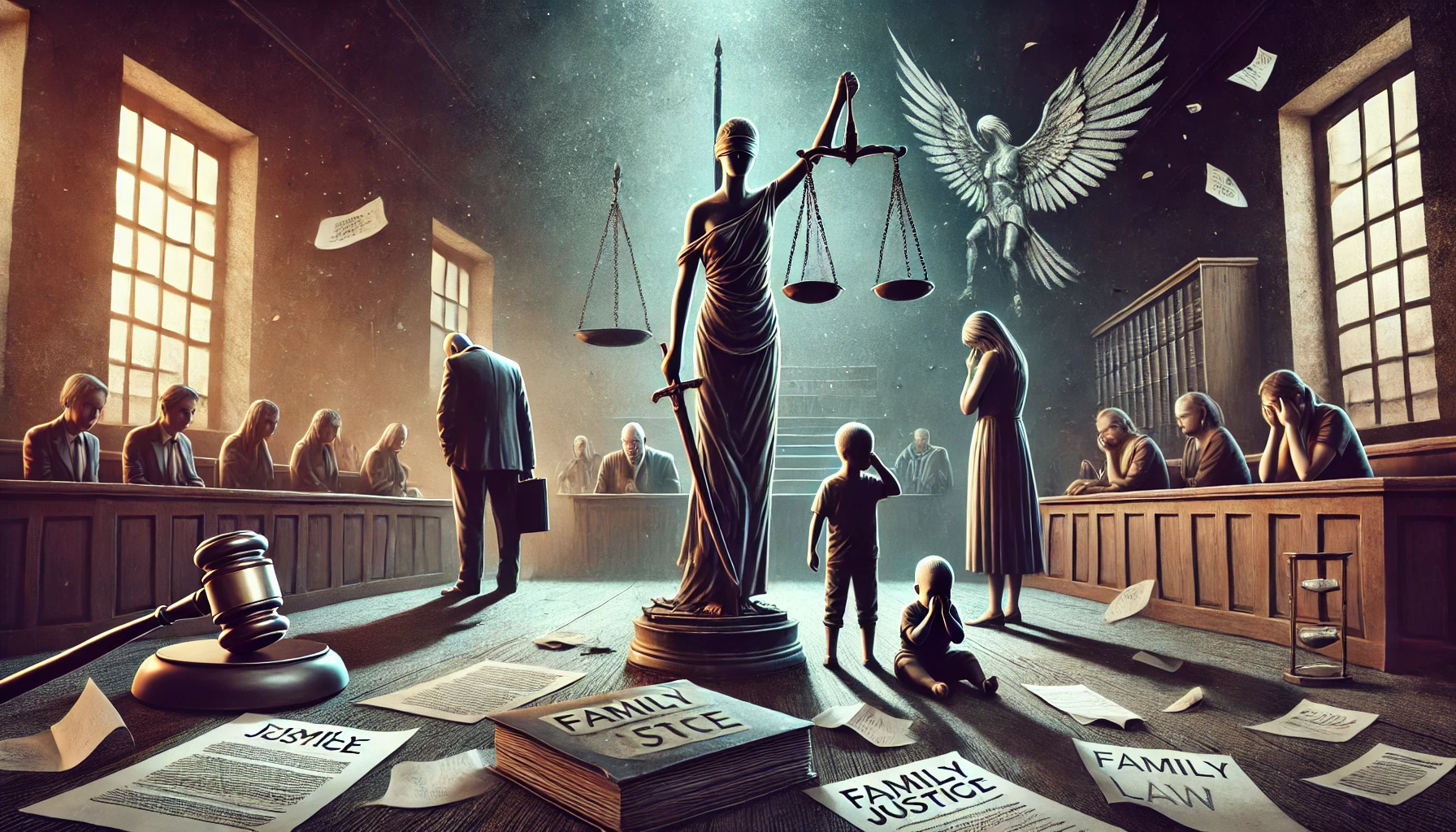Authored By: ADITI SINGH
INDIAN INSTITUTE OF MANGEMENT ROHTAK
INTRODUCTION
Workplace sexual harassment is a very widespread problem that undermines the safety, dignity, and equality of employees in numerous sectors. During the past few decades, these have been spreading awareness, providing legislative reforms, and further social movements like #MeToo on how dire it is to deal with the issue at hand within legal frameworks. Sexual harassment in the workplace not only affects the victim but also the organizational culture and productivity.
Legal The scenario is a stark departure from the old days when no specific legal control existed around sexual harassment, thus offering protection to workers and providing remedies to victims and punishment to harassers. For instance, Title VII in the Civil Rights Act of 1964 forms the core landmark of the United States, where it dictates sexual harassment as a form of sex discrimination. Other countries across the world have introduced or improved the regulations to check harassment in the professional world. However, with considerable legal protection, enforcement, awareness, and access to justice, the system makes sure that it sometimes makes certain communities at large even more vulnerable. Taking its own time to go beyond the prevailing history of sexual harassment laws, their effects on the culture in the workplaces, and the actual challenges facing both legal and social science communities concerning safe work environments for all, this paper aims to gain insight into the same.
STATEMENT OF PROBLEM:
Despite the major overhauls implemented into legal frameworks to prevent sexual harassment and responses at the workplace, this problem afflicts all spheres of human activity and is very wide. Although Title VII of the Civil Rights Act in the U.S. and similar legislations in other states provide a legal basis for victims to seek redress, several challenges exist both in enforcement and application.
Major driving causes of this phenomenon include employee awareness over their rights, fear of reprisal, and systemic work cultures that dissuade reporting. Most organizations lack policies and training programs to adequately shield against the abuses and incapacity to be held accountable. Where a complaint is lodged, the victim faces procedural hurdles, delays, or insufficient redress, further dissuading the pursuit of justice.
In addition, sexual harassment targets those who are already repressed by society—women of colour, LGBTQ+, and low-wage. They face more significant obstacles for relief in court. The entire scenario is further complicated both by the interaction of workplace power relations with social stigmas and by the very nature of legal complexities. This article, therefore, attempts to analyse these challenges and examine the existing gaps between theoretical protections offered by sexual harassment laws and realities as experienced by employees in pursuing justice. It will also assess the possible reforms and strategies to strengthen the legal and organizational frameworks for dealing with workplace harassment.
OBJECTIVE THE ARTICLE:
This paper intends to provide an in-depth analysis of sexual harassment laws at the workplace. Most importantly, effectiveness of this legislation, challenges they face while enforcing it, and the needed improvement form the main bases of this paper. More precisely, it explains how these laws evolved in various jurisdictions and points out legislative milestones and critical precedents to their present frameworks.
1.Compare the legal protections with actual enforcement, which builds a thin line between the legs of legal protection against unbearable sexual harassment. The reasons for not reporting and lack of delivery of justice for victims should be underscored.
2.Evaluate organizational policies and work culture- control or prevent sexual harassment through training, practicing awareness programs, or carrying out accountability mechanisms as preventive measures.
3.Unique Challenges Facing Marginalized and Vulnerable Groups, Women of Colour, LGBTQ+ People, Low-wage Workers, and the Potential Role for Law to Do Better.
- Social Movements Like #MeToo: Moving Policy and Legal Landscapes Regarding Sexual Harassment in the Workplace. Analyse public awareness and push for law reform and corporate behaviour adjustments.
- Provide any reform and policy recommendations that can strengthen the sexual harassment law and its better implementation, towards ensuring safe and more egalitarian workplaces for all employees.
Through the aforementioned goals, this article attempts to contribute towards greater understanding of the laws on sexual harassment, their weakness, and the needed steps in this regard to make the workplace safer and fairer.
THE EVOLUTION OF SEXUAL HARASSEMENT LAWS:
The basis for legislation to erase sexual harassment in the workplace goes back to the middle of the 20th century. In the United States, Title VII of the Civil Rights Act of 1964 prohibits discrimination in any manner based on race, colour, religion, sex, or national origin. Sexual harassment, initially cast as an aspect of sex discrimination, did not become a legal violation until the 1970s. The landmark case that confirmed sexual harassment could indeed be considered a Title VII violation was Meritor Savings Bank v. Vinson (1986).
Other countries in the world have enacted similar laws about workplace harassment. The Equal Treatment Directive directs the European Union to have states of every member state ensure against sexual harassment. Other jurisdictions, such as Canada, India, and Australia, have enacted comprehensive anti-harassment laws protecting employees. For instance, India’s Sexual Harassment of Women at Workplace (Prevention, Prohibition, and Redressal) Act, 2013mandates that organizations should have systems in place for dealing with complaints and conduct obligatory training.
While developing a legal framework, these laws have made available a necessary legal backbone to handle issues of sexual harassment. However, the enforcement level on the ground remains inconsistent because there are always many challenges that arise along the path from law to practice and victims still tend to struggle in order to seek justice.
While sexual harassment laws are in place, one great challenge to their effective enforcement is underreporting. Many victims of sexual harassment are not prone to report incidents because they fear retaliation, losing their jobs, or “bashing” their professional reputations. This is compounded by the hierarchical nature in many workplaces where power dynamics between the harasser, typically of higher rank, and the victim are skewed in such a way that reporting becomes inhibited.
Workplace culture, in general, will often go a long way in dictating whether or not the behaviour is reported or acted upon. Indeed, in many organizations, a culture of silence or toleration of inappropriate behaviour exists, particularly in traditionally male-dominated industries. Indeed, even within workplaces that have formal anti-harassment policies, employees often are sceptical that anything will be done to address their complaints or have meaningful consequences for the harasser.
Another significant problem is the lack of awareness of legal rights. Very few employees, especially in small businesses or informal work situations, know that they have a legal right to be heard. It is especially hard for marginalized groups such as women of colour, LGBTQ+ persons, and low-wage workers who face even greater hurdles in trying to assert legal protections or fear they will suffer additional consequences for speaking out.
Procedural issues also cloud judgment and make the enforcement process more cumbersome. Sexual harassment cases often contain intricate details that are sensitive to mention. Such cases may not always be proved, as recourse to evidence like testimony or written communication may not be plausible. This results in he-said-she-said disputes that make it difficult for victims to win their cases. Legal procedures are also time-consuming and emotionally draining, which deters many from seeking redress through formal means.
GAPS IN THE LAW AND ACCESS TO JUSTICE
Although extant laws are designed to protect employees from sexual harassment, there are glaring holes in the design and implementation of those laws. The major gap may be in limited protection for certain categories of workers, including independent contractors, freelancers, and gig economy workers. Where the percentage of the workforce is increasing into these roles and where protections under traditional employment law are not available, a corresponding risk of harassment with few outlets for relief exists.
Another gap is the lack of integrated policies in smaller or informal workplaces. Many sexual harassment laws require employers to adopt preventive measures, such as having internal complaint mechanisms or training. But such policies hardly exist in these small businesses or countries with almost no developed legal infrastructure.
For the most part, intersectional discrimination is overlooked. The overlapping forms of harassment which frequently plague marginalized groups, especially women of colour, persons with disabilities, and LGBTQ+ members, are mostly not addressed by the tools meant for dealing with these intersectional patterns of harassment within the legal framework, thus making remedies incomplete for victims.
The social movements – for example, #MeToo – have been playing an important role in raising public awareness of the issue of sexual harassment and organizing support for stronger legal and organizational responses. The #MeToo movement, which started gaining momentum worldwide in 2017, inspired thousands of women and men to speak out and share their experiences of harassment, revealing just how pervasive the problem is – in the entertainment world, in corporate offices, and even on blue-collar jobs.
In the wake of #MeToo, many companies revised sexual harassment policies, and quite a few governments proposed or passed reforms to enhance protections for workers. For example, in the United States, in 2022 the Ending Forced Arbitration of Sexual Assault and Sexual Harassment Act became law, thereby assuring employees that those who have suffered sexual harassment can take their cases before the courts instead of being steered into the tribunal system, which tends to favour the interests of employers who are often very big and do not want public scrutiny.
While all of this bodes some change, much still needs to happen. The shift required in culture and institutions with respect to sexual harassment is slow, and legislative reforms remain only as effective as the implementation with which they are put into practice. However, the #MeToo movement has marked a turning point.
THE WAYS FORWARD
There should be several key reforms and strategies towards making workplaces safer and fairer. First, law reform needs to be ensured to cover all sectors of workers — even those from the gig economy, informal, and others. Expanding the definition of an employee under sexual harassment laws will ensure no worker is left unprotected.
Second, improving access to justice in faster, more transparent legal processes is essential. Reduced procedural barriers for filing complaints and strengthened support for victims, among other things, mean legal aids and counselling can now reduce the pain of pursuit, and better protections against retaliation with alternative reporting mechanisms can empower more workers to speak up.
Finally, organizations must go beyond the minimum of compliance and cultivate a culture of accountability. This includes training, clear anti-harassment policies, and prompt, fair responses to complaints. Leadership commitment to maintaining a safe, respectful workplace is a key determinant in reducing incidents of harassment.
CONCLUSION
Despite the presence of these protections through laws, sexual harassment continues to be a grave concern in many workplaces. The body of law regarding sexual harassment has established a crucial framework; however, its implementation, gaps in coverage as to what forms of sexual harassment are allowed, and tolerance for inappropriate behaviours at work make it a tougher and more complex law to enforce. By combatting these issues at the institutional and societal levels through legal and organizational reforms, combined with increased awareness within society, we find ourselves closer to a future where all employees have the right to work in places free from harassment and discrimination.





